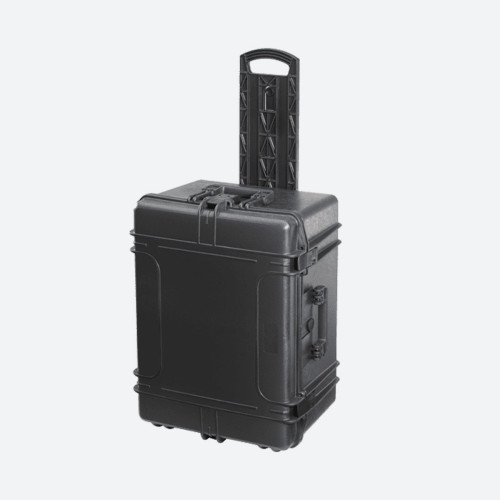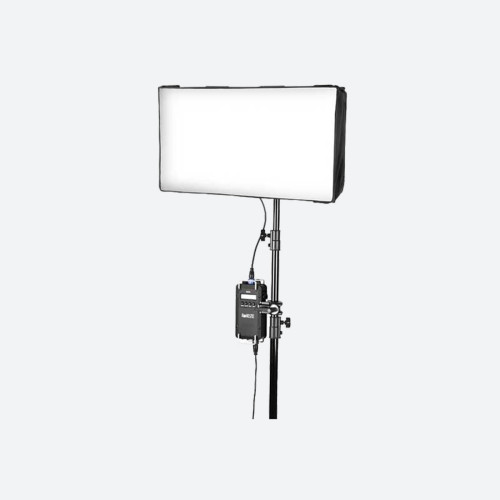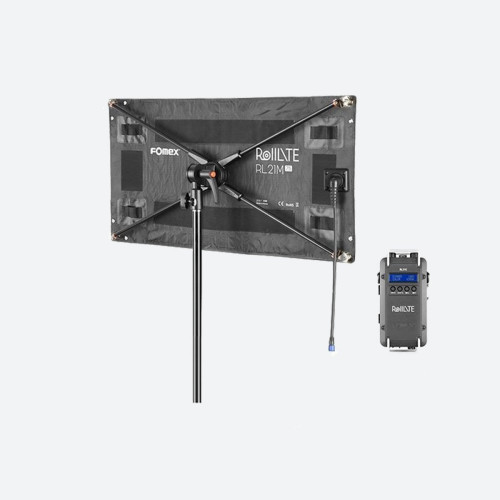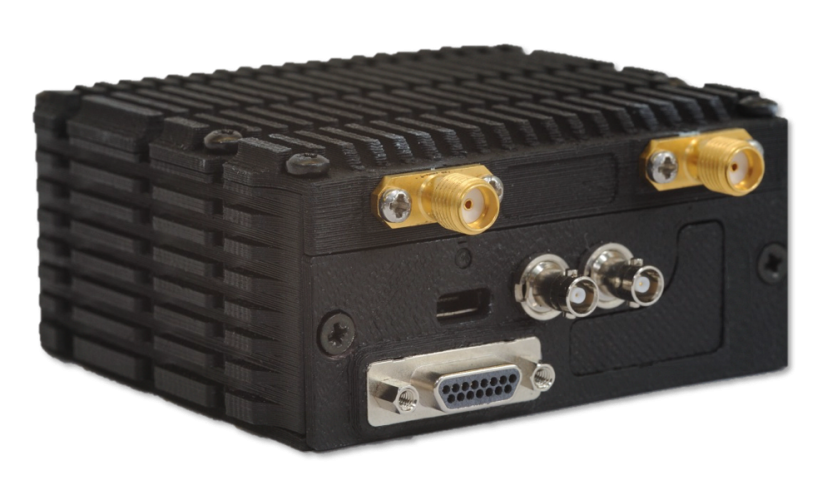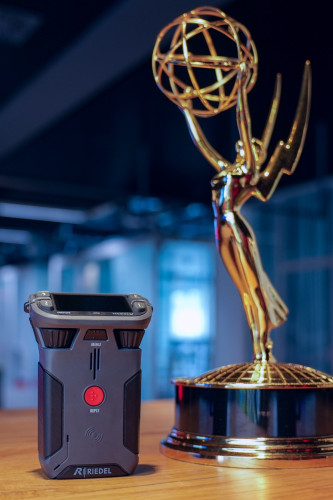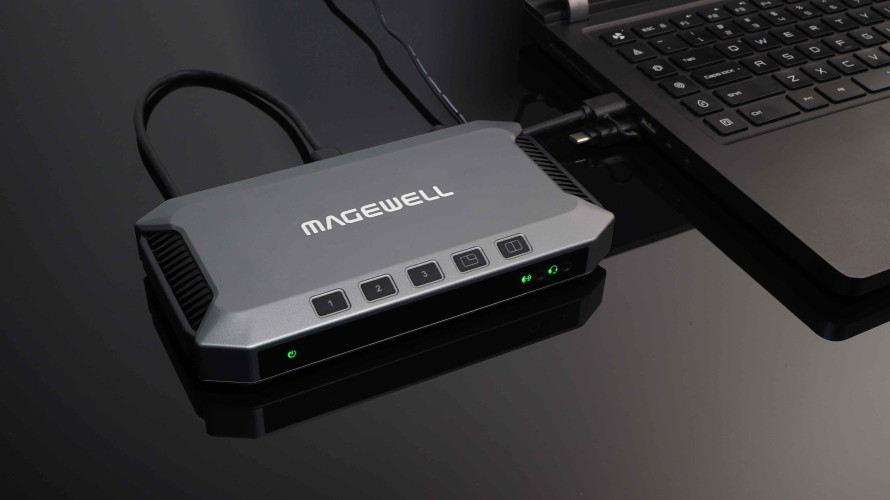Sport Pushes the Limits of Wireless Transmission
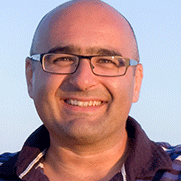
Author: Kieron Seth#
Published 1st July 2012
Sport Pushes the Limits of Wireless Transmission
By Mark Anderson, Marketing Operations Manager, Vislink
With the London 2012 Games and the UEFA EURO 2012 European Football championships just around the corner, physical and mental endurance will be pushed to the limits. Those pressures also apply to the technology used to cover these events for the wider world because there is usually one, split-second chance to capture the action – as it happens. Second place is for the first loser.
In the past, capturing sporting action could not be left to chance, so wired communications systems were the norm, but such systems had a great many limitations, both technically and creatively, so viable wireless alternatives had to be found and radically up their game, particularly with the advent of HD. And because HD typically requires five times the bandwidth of SD, better methods of transferring those images wirelessly had to be developed, not to mention the challenges of up- and down-sampling, which can seriously degrade HD image quality if not done correctly.
However, as sporting world records tumble, so too do old technologies and working practices, and this is particularly true in the case of wireless camera links, a “game” that is now played at the highest (definition) levels.
Moving with the times
Wireless camera systems are now of course commonplace at live sporting events, most of which are captured in HD. Feeds from wireless cameras now supplement video from an array of wired cameras, but if the wireless links create a noticeable signal delay, it’s a non-starter, which was a challenge for wireless transmission manufacturers.
The Missing Link
So, how did wireless transmission systems get to where they are today, able to deliver seamless contributions as much higher bandwidths?
Vislink brands Gigawave and Link Research have led the way in developing reliable, innovative wireless technologies, not least because they were once fierce competitors, each driving the other to improve and innovate. The relentless drive to compete meant that each company pushed the other as the need for ever more innovative ways to cover live events, some never before captured, emerged.
To do this, many wireless solutions use DVB-T, which is very good for static, terrestrial systems, but DVB-T as originally conceived was not necessarily optimised for fast moving action or HD applications and initially suffered from drop-outs and interference. It also had its limitations in mobile applications, which of course is where sport predominantly resides. So what, in the end, was the answer?
Well, it’s all in the modulation. The need to make pictures more and more compelling required innovative technology to make it work. Link Research worked hard to develop its own proprietary modulation scheme, LMS-T. It has been proven that LMS-T modulation can carry high bandwidth data more reliably than DVB-T because it exploits more of the 10MHz channel bandwidth and boasts superior error correction. Unlike DVB-T, LMS-T doesn’t suffer from excessive dropouts and interference at the bandwidths and data rates required for high quality HD transmission. Moreover, LMS-T means that operators can use the 16QAM modulation but retain the robustness of a QPSK setting. Consequently, this technique is ideal for fast moving action.
Notwithstanding the proven advantages of LMS-T, Gigawave has also had great success in developing more robust on-board modulation technologies for other high-profile motorsport events such as MotoGP and FIA GT series.
Along with these advances strides have also been made with Deep Interleaving and most recently Link Research has added “Digital Pre-Distortion” (LDPD) which again improves wireless camera operation by providing better adjacent channel performance and ultra-clean RF transmission. This means that higher transmit power levels can now be achieved while remaining compliant with regulatory standards, resulting in longer range and more robust wireless links. Link Research has also developed IP diversity and ASI over RF as other options to add to the arsenal of techniques available to broadcasters.
As technology evolved to reliably address and exploit new technologies, it opened up vast new opportunities for broadcasters, not only in the types of events that could be covered, but new, compelling viewing angles. A camera and transmitter can now be reliably fitted to virtually any helmet, chassis, pole or mast to capture and transmit almost literally from the eye of the athlete.
As you transmit, so you shall receive
The drive to provide reliable transmission technology, however, is only one side of the story. You can transmit at the highest achievable quality, but that does little good if the technology designed to receive it is substandard.
Both Gigawave and Link Research have been developing central receive technology that provides a comprehensive blanket of receive sites to create what is in effect a cell network, the result of which enables a crew to broadcast from various points around a city or to cover, for example an entire marathon from start to finish with no concerns about breakups or receiver failure.
These cell systems’ ability to go live instantly, direct from a camera without any support vehicle or technicians, has revolutionised how sport can be covered. Strategically placed receive sites and compatible camera systems can remove the need for a satellite truck at every receive site, thereby improving reliability while simultaneously reducing the costs of covering sporting events.
The Vislink advantage
Vislink is synonymous with innovation in live television with an installed base of more than 100,000 wireless communications systems in over 90 countries. Vislink companies Link Research and Gigawave are leaders in wireless technology and continue to set standards for reliability and quality. Products from both companies have special features designed to cope with any event, from the highest profile football competitions and athletics meetings, to sailing, multiple motorsports and beyond.




